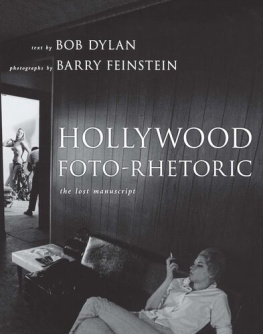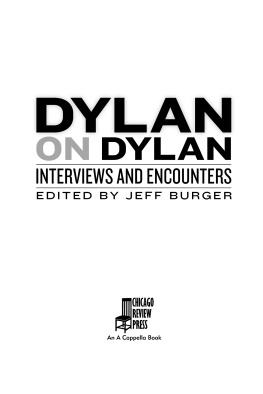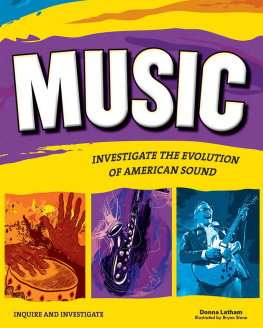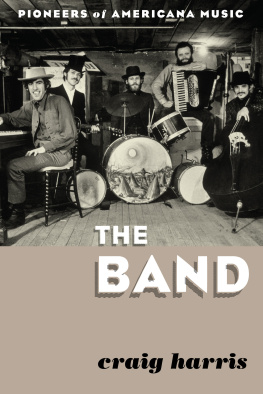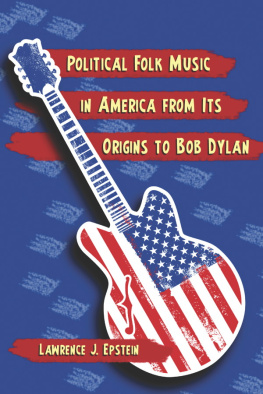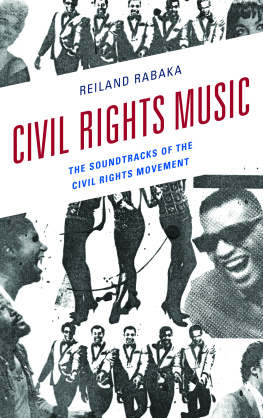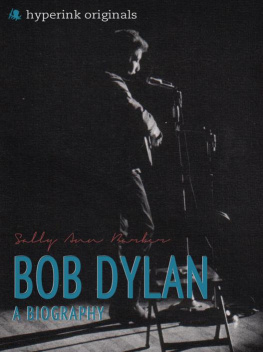TARANTULA
Also by Bob Dylan
Chronicles: Volume One
Lyrics: 1962-2001
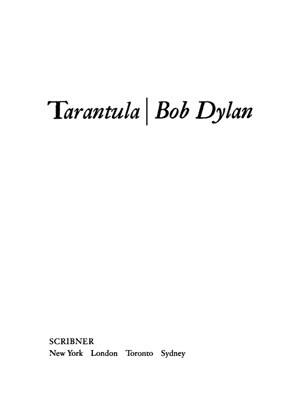

SCRIBNER
1230 Avenue of the Americas
New York, NY 10020
www.SimonandSchuster.com
This book is a work of fiction. Names, characters, places, and incidents either are products of the authors imagination or are used fictitiously. Any resemblance to actual events or locales or persons, living or dead, is entirely coincidental.
Copyright 1966 by Bob Dylan
Copyright 1971 by The Macmilllan Company
Copyright renewed 1994 by Bob Dylan
All rights reserved, including the right of
reproduction in whole or in part in any form.
First Scribner trade paperback edition 2004
SCRIBNER and design are trademarks of
Macmillan Library Reference USA, Inc., used under license
by Simon & Schuster, the publisher of this work.
For information about special discounts for bulk purchases,
please contact Simon & Schuster Special Sales:
1-800-456-6798 or business@simonandschuster.com
Manufactured in the United States of America
10 9 8 7 6 5 4 3 2
Library of Congress Cataloging-in-Publication Data
Dylan, Bob, 1941
Tarantula / Bob Dylan1st Scribner trade pbk. ed.
p. cm.
I. Title
PS3554.Y56T3 2004
811.54dc22
2004040616
www.Simonspeakers.com
eISBN-13: 978-1-4391-0766-9
ISBN-13: 978-0-7432-3041-4
ISBN 0-7432-3041-8
Here Lies Tarantula
(Preface to the original edition)
In the fall of 1966, we were to publish Bob Dylans first book. Other publishers were envious. Youll sell a lot of copies of that, they said, not really knowing what that was, except that it was by Bob Dylan. A magic name then. Besides, look how many copies of John Lennons book were sold. This would be twice as bigmaybe more. Didnt matter what was in it.
Bob would visit our offices occasionally. It was hard for him to travel in broad daylight in those times, even to our old 12th Street and Fifth Avenue building, a marvelous structure with a marble staircase and thick walls covered with portraits and photographs of people like W. B. Yeats. We had published his first book too, all his books in fact.
One day when Bob appeared the receptionist at the big oak desk decided she didnt care for the look of him and phoned upstairs to see if it was all right to allow him to enter. It seemed funny then, because there were very few places in which he found himself unwelcome. He would go in and people would look and whisper and stand back. They thought it was poor form to press him. They didnt quite know what to say to him anyway.
We talked about his book, his hopes for it and what he wanted it to look like. And what he wanted to call it. We knew only it was a work in progress, a first book by a young songwriter, a quickly famous shy boy who sometimes wrote poetry and who was having an odd effect on a lot of us.
We werent quite sure what to make of the bookexcept money. We didnt know what Bob was up to. We only knew that good publishers give authors a chance to catch up with themselves. Robert Lowell talks about free-lancing out along the razors edge, and we thought Bob was doing some of that.
We worked out a design for the book that we liked. Bob liked it too, and we set it up. We also made up some buttons and shopping bags with a picture of Bob and the word Tarantula. We wanted to call everyones attention to the fact that the book was being published. We wanted to help Life and Look and The New York Times and Time and Newsweek and all the rest who were talking about Bob. We brought a set of galleys to him so he could take one last good look at it before we printed it and bound it and started to fill all the orders that had come in.
It was June. Bob took a break from some film-editing he was doing. We talked a little about the book and about Rameau and Rimbaud and Bob promised to finish making a few changes in two weeks. A few days after that Bob stopped working. A motorcycle accident had forced him into a layoff.
The book might have been published just the way it had been left. But we could not do that. Bob did not want that. Now he was not ready to make the changes. It was nothing more than that.
Time went by and the year came to an end. Some people were furious. Where was this so-called book? He had promised. The Macmillan Company had promised. They even had made those buttons and shopping bags, and there were some left over that people were snitching from the warehouse and selling because they had Bobs picture on them and maybe a picture would be better than the book anyway.
There were also a few sets of galleys that had gone around to different people who were being given a preview of the book. These advance review galleys are made of every book. Sometimes they are loose and sometimes they are bound up with a spiral binding.
More time went by. There were still many people who talked about the book and wondered when it would come out. But it couldnt come out unless or until Bob wanted it to. He didnt.
The more time that went by, the more curious and furious some people became. Doesnt matter that its his work, they said. Doesnt matter what he wants, they said. What right has he got anyway. And so they managed to get hold of a copy or two of those galleys and they started to make some copies of the copies. They sold even better than the buttons had.
Some newspapers saw that this was happening and decided to print parts of the book and long reviews and speculations and denunciations. Bob didnt like this idea and neither did we. We know that an artist has the right to make his own decisions about what happens to his work. And a publisher should protect this right, not abrogate it. Everyone should know this. You dont take what doesnt belong to you, and the only thing that truly belongs to us is our work.
Poets and writers tell us how we feel by telling us how they feel. They find ways to express the inexpressible. Sometimes they tell the truth and sometimes they lie to us to keep our hearts from breaking.
Bob has always been out ahead, working in ways which can be hard to understand. A lot of what he wrote then in Tarantula doesnt seem so hard to understand now. People change and their feelings change. But Tarantula hasnt been changed. Bob wants it published and so it is now time to publish it. This is Bob Dylans first book. It is the way he wrote it when he was twenty-threejust this wayand now you know.
The Publisher
TARANTULA
Guns, the Falcons Mouthbook
& Gashcat Unpunished
aretha/ crystal jukebox queen of hymn & him diffused in drunk transfusion wound would heed sweet soundwave crippled & cry salute to oh great particular el dorado reel & ye battered personal god but she cannot she the leader of whom when ye follow, she cannot she has no back she cannot beneath black flowery railroad fans & fig leaf shades & dogs of all nite joes, grow like arches & cures the harmonica battalions of bitter cowards, bones & bygones while what steadier louder the moans & arms of funeral landlord with one passionate kiss rehearse from dusk & climbing into the bushes with some favorite enemy ripping the postage stamps & crazy mailmen & waving all rank & familiar ambition than that itself, is needed to know that mother is not a lady aretha with no goals, eternally single & one step soft of heaven/ let it be understood that she owns this melody along with her emotional diplomats & her earth & her musical secrets


